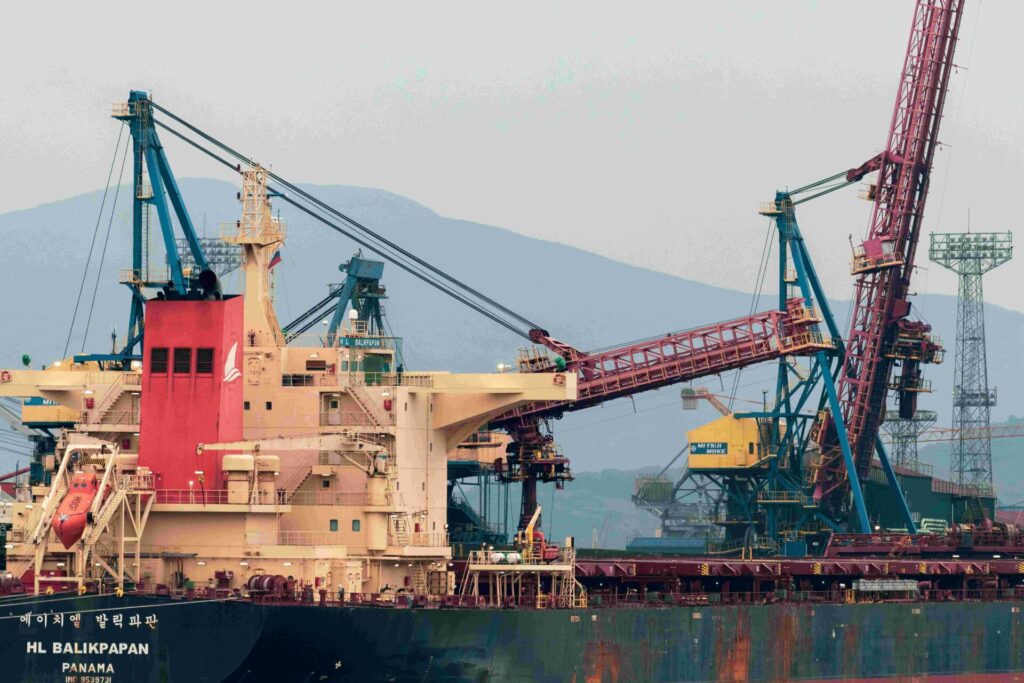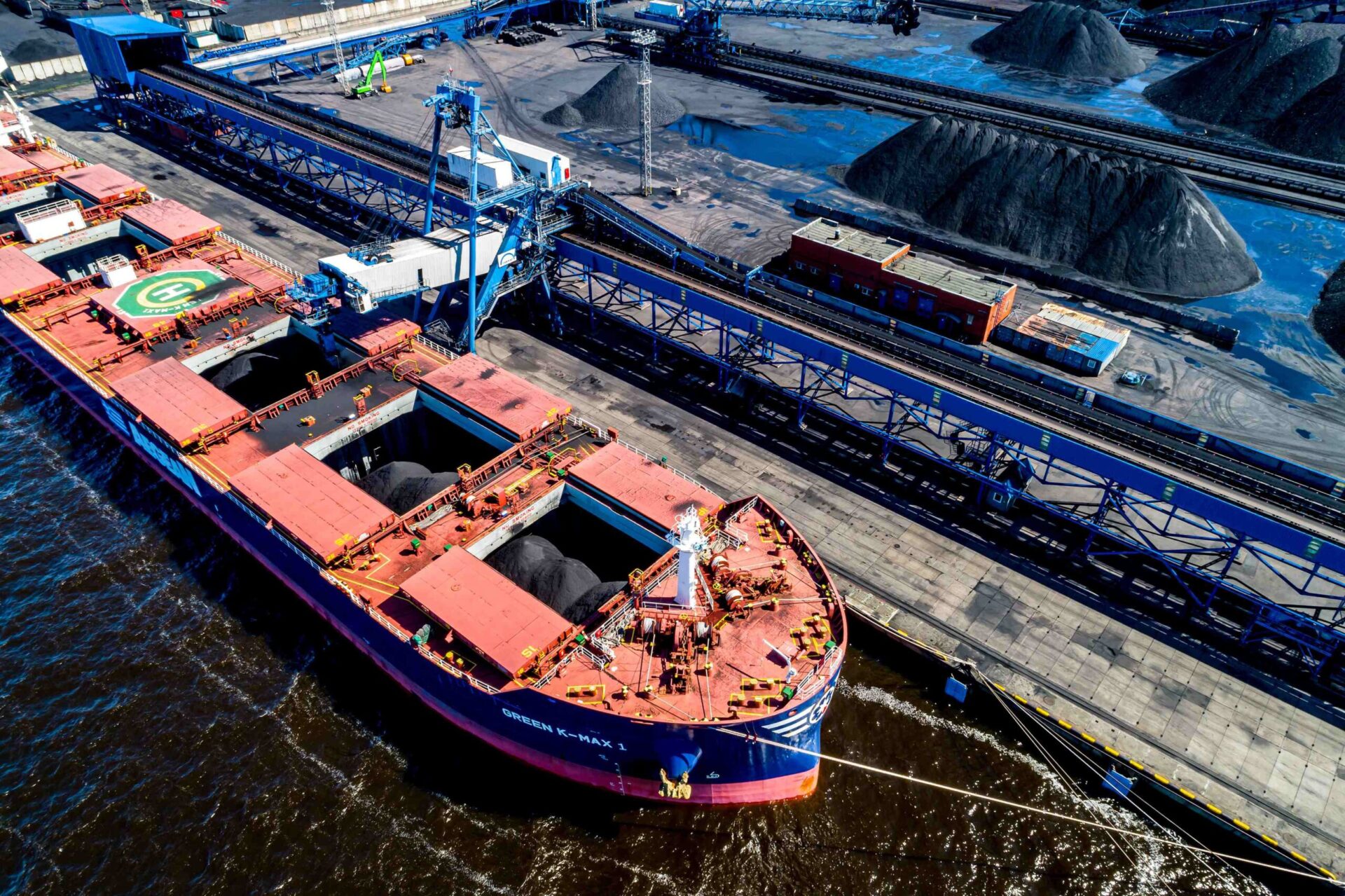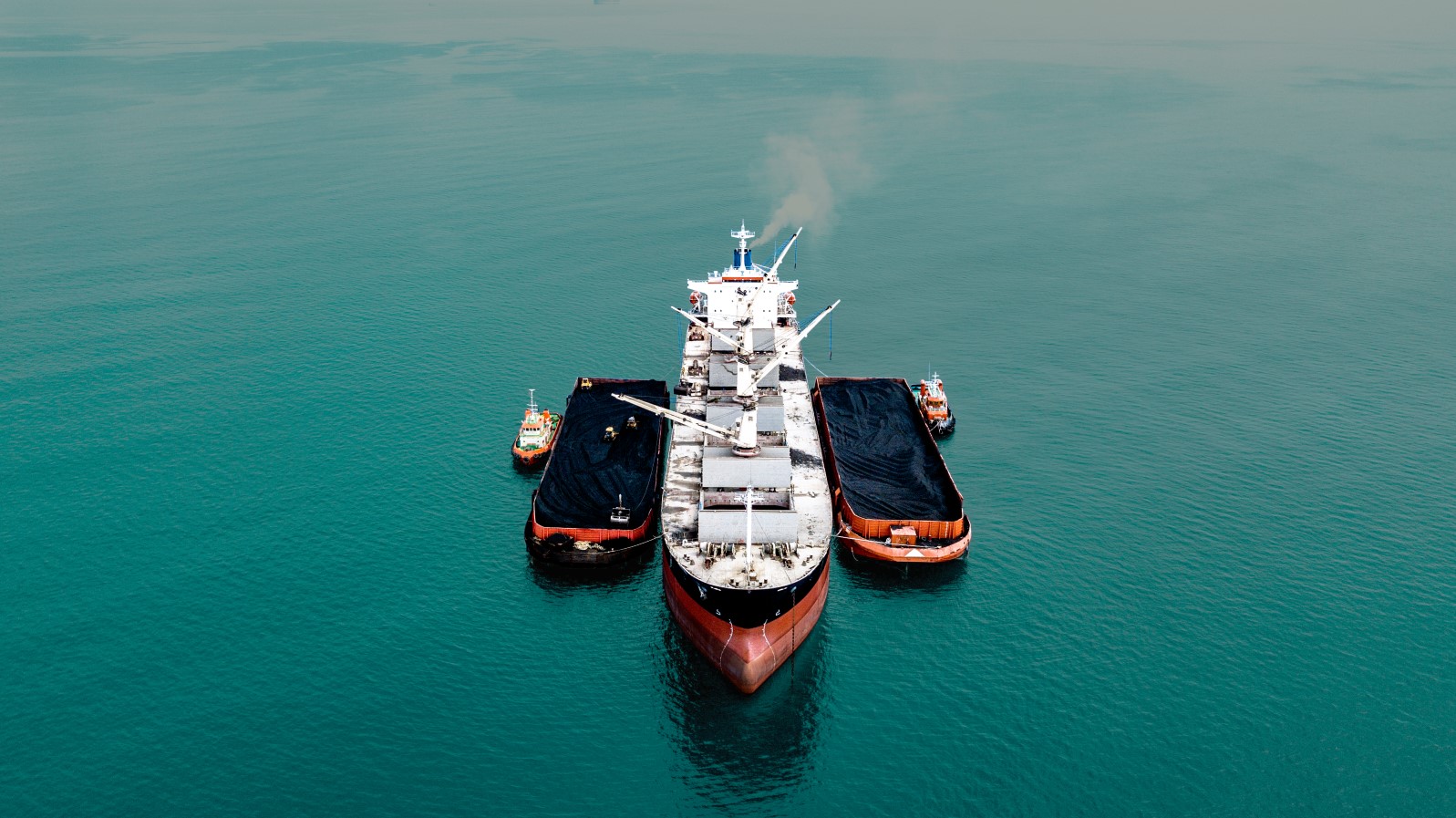

Over the past week, European thermal coal indices strengthened to 115-116 USD/t, supported by lower inventories, forecasts of a significant cold snap, and rising gas prices amid the escalation of the conflict between Israel and Lebanon, as well as between Russia and Ukraine. Partial pressure came from an overall 40% increase in exports from Colombia to Europe and other destinations.
Gas quotations at TTF hub firmed to 431.76 USD/1,000 m3 (+23.33 USD/1,000 m3 w-o-w) on lower Norwegian gas supplies, caused by an unscheduled outage at one of the gas plants. Coal stocks at ARA terminals dropped to 3.6 mio t (-0.2 mio t or -4.7% w-o-w).
South African High-CV 6,000 climbed above 107 USD/t. Quotes for the South African material bounced off 5-month lows, driven by improved demand from India, given the current price level and the end of the monsoon season.
Furthermore, India saw a 16% decline in renewables and a 15% increase in coal-fired generation over the past week. However, the demand from DRI or sponge iron producers was below normal on the back of ample stocks and potential production cuts, related to weak steel prices.
Logistics company Grindrod plans to buy back from Vitol a 35% stake in Mozambique’s Matola Coal Terminal for 77 mio USD (Vitol acquired this stake in 2012 for 67.7 mio USD). Grindrod intends to invest 50-60 mio USD to lift the terminal’s coal and magnetite handling capacity from the current 7.5 Mtpa to 12 Mtpa.
In China, spot prices for 5,500 NAR coal at the port of Qinhuangdao kept growing, having added 3 USD/t to 124 USD/t. The support was provided by such factors as strong demand caused by restocking ahead of October 1-7 national holidays, lower production because of rains, as well as higher consumption by the industrial sector.
Moreover, China’s central bank announced new economic stimulus measures designed to boost the economy and combat the crisis in the real estate market. The measures are aimed at achieving the targeted 5% GDP growth by lowering interest rates, easing mandatory reserve requirements for banks, and providing liquidity to financial markets and the real estate sector.
However, some market participants expect that the decline in coal consumption at power plants is likely to persist in the short term as electricity demand slows down in the off-season.
Indonesian 5,900 GAR amounted to 92 USD/t (flat w-o-w), while 4,200 GAR strengthened to 52 USD/t (+1 USD/t w-o-w) because of stable demand for medium- and high-CV material from the Philippines and Vietnam, which are seeing higher electricity consumption.
Producers also expect coal demand to improve in India on the back of firming sponge iron prices. The supply remains strong owing to favorable weather conditions, although barge loading was hampered in the Mahakkam and Barito rivers because of low water levels.
Australian High-CV 6,000 jumped to 140 USD/t, following a rebound in the Asia-Pacific demand and monetary easing in China.
Australian HCC metallurgical coal index, after a last week drop, surged to almost 190 USD/t after the announcement of stimulus measures in China. Also, Chinese coke producers held a second round of price increases for their production. The rise in coking coal demand was registered not only in China, Indonesia and India, but also in the countries of North-East Asia.
Nevertheless, some market participants believe that the sudden spike in paper contracts on the Dalian Commodity Exchange, after the announcement of stimulus measures, turned out to be excessive and does not properly reflect the real picture on the physical market.
Source: CCA Analytics













